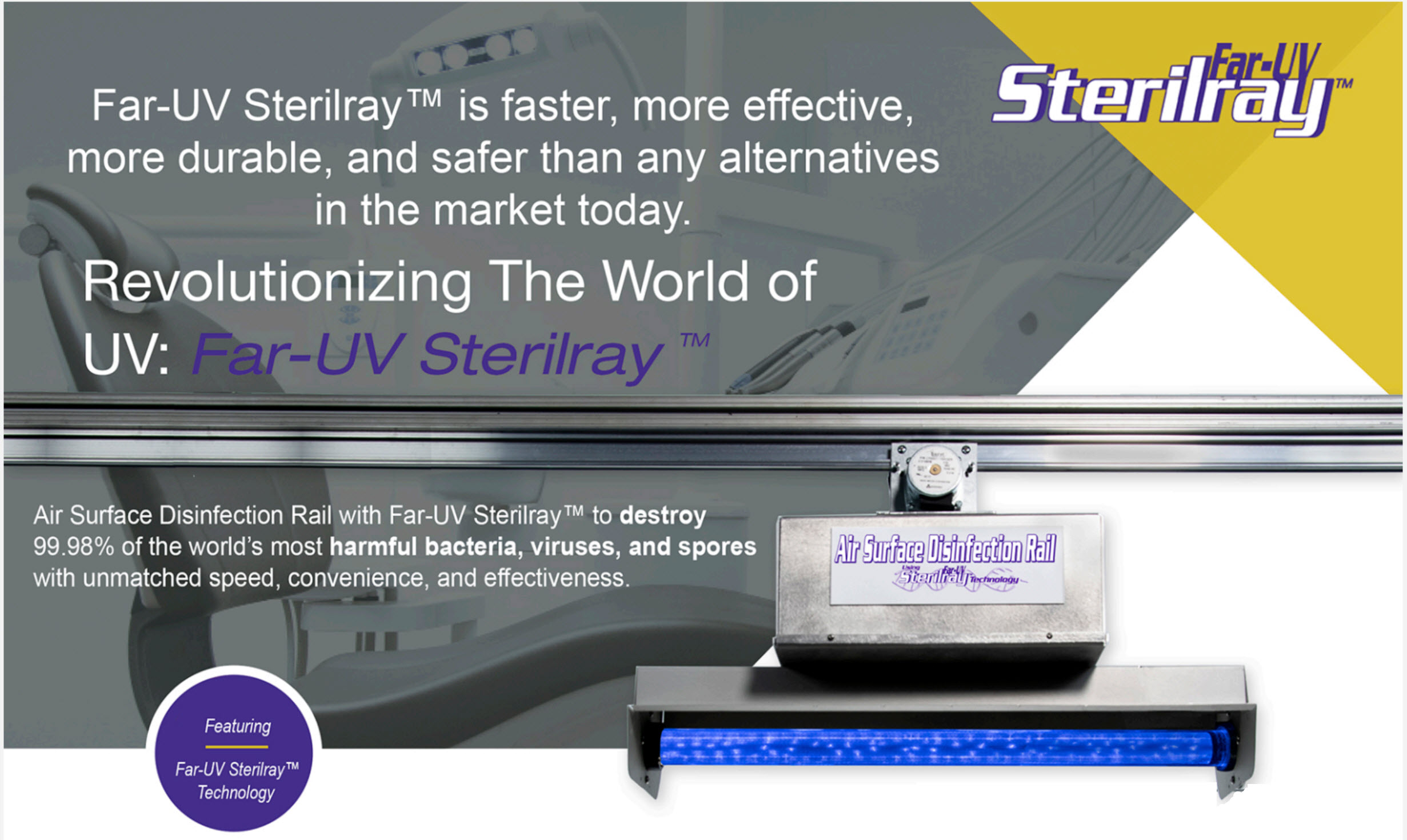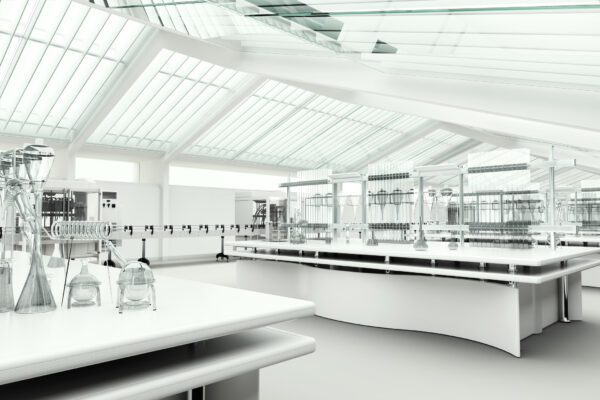Changing Hygiene Requirements: The Role of UV Surface Disinfection in Health and Safety
Wiki Article
UV Sanitation: The Cutting-Edge Modern Technology Changing Cleanliness Practices
In the realm of sanitation methods, one technology has actually arised as a game-changer: UV disinfection. From medical care setups to food handling, UV sanitation is making its mark in numerous industries.Just How UV Sanitation Functions
UV sanitation works by making use of ultraviolet light to damage or inactivate bacteria, providing a chemical-free and very efficient approach of cleanliness. This modern technology uses the power of short-wavelength UV-C light, which is qualified of damaging the DNA and RNA of microorganisms, hence rendering them incapable to duplicate and create injury.The procedure starts with the installation of UV sanitation systems, which include UV lamps that give off UV-C light. These lights are tactically positioned in areas where microbial contamination is an issue, such as water treatment plants, medical facilities, laboratories, and food processing centers.
When microbes are exposed to UV-C light, the photons permeate their cell walls and get to the DNA and RNA within. The high-energy UV-C photons disrupt the genetic product by creating bonds in between nearby nucleotides, leading to the development of thymine dimers. These dimers avoid the bacteria from replicating, making them harmless.
UV sanitation is extremely efficient against a variety of bacteria, including bloodsuckers, microorganisms, and viruses. It is particularly effective versus waterborne virus like E. coli, Giardia, and Cryptosporidium. Moreover, UV sanitation is a chemical-free technique, removing the need for possibly harmful disinfectants and reducing the threat of damaging sanitation by-products.
Advantages of UV Sanitation
UV disinfection provides numerous benefits in the field of cleanliness, making it an extremely chosen approach for successfully removing hazardous bacteria. Unlike standard disinfection methods that rely on chemicals, UV disinfection makes use of ultraviolet light to destroy the DNA of microbes, rendering them unable to duplicate and create infections.
UV disinfection is also highly flexible in its applications. It can be used in numerous setups, including hospitals, colleges, food processing facilities, and water treatment plants. UV sanitation systems can be quickly incorporated into existing sanitation techniques, providing an extra layer of defense versus contagious illness.
In enhancement to its effectiveness and flexibility, UV sanitation is also eco pleasant. It does not produce any kind of harmful by-products or deposits, making it a safe and sustainable approach for cleanliness - uv surface disinfection. Additionally, UV sanitation needs minimal upkeep and has a long life expectancy, leading to price financial savings in the long run.
UV Sanitation in Medical Care Setups
In health care settings, UV disinfection has actually arised as a groundbreaking technique for successfully eliminating unsafe bacteria. The use of UV light to disinfect surfaces and tools has gotten appeal because of its capacity to supply an added layer of security versus microorganisms. UV disinfection functions by releasing ultraviolet light at a specific wavelength that is lethal to microorganisms, infections, and various other microorganisms. This modern technology uses a number of advantages in medical care setups.To start with, UV sanitation is a non-chemical approach, making it an eco-friendly alternative compared to traditional sanitation approaches that usually entail using rough chemicals. The use of UV light gets rid of the requirement for chemical disinfectants, lowering the danger of dangerous residue or chemical exposure to both individuals and health care employees.
Furthermore, UV disinfection is extremely efficient in killing a wide array of bacteria, consisting of drug-resistant microorganisms check it out such as MRSA and C. difficile. It gives a reputable and consistent disinfection process, making certain that all surface areas and tools are completely disinfected, also in hard-to-reach locations.

UV Sanitation in Food Processing
The application of UV sanitation prolongs past medical care setups and locates considerable worth in the world of food processing. uv surface disinfection. UV sanitation technology is ending up being increasingly popular in the food market due to its capability to properly eliminate unsafe virus and enhance food safetyAmong the main advantages of UV disinfection in food processing is its capacity to target a wide variety of microorganisms, consisting of viruses, bacteria, and molds. By utilizing UV light at specific wavelengths, it is feasible to interfere with the DNA and RNA of these microorganisms, providing them not able to recreate or create harm. This technology can be put on various stages of the food processing chain, including surface sanitation, equipment sanitation, and water treatment.
UV disinfection provides a chemical-free and non-thermal approach of disinfecting food items. Unlike conventional sanitation approaches that count on chemicals or warmth, UV technology does not leave any kind of residue or alter the preference, structure, or nutritional worth of the food. This makes it an excellent option for industries that Click This Link require stringent adherence to quality standards.
Additionally, UV disinfection systems are simple to run and mount, calling for minimal upkeep. They can be integrated right into existing handling lines without creating substantial interruptions to the manufacturing process. Additionally, UV systems have a quick treatment time, permitting for continuous processing and lowering downtime.
The Future of UV Disinfection

One location where UV sanitation is anticipated to make considerable developments remains in the area of healthcare. With the rise of antibiotic-resistant microorganisms and the requirement for a lot more efficient disinfection methods, UV light has the potential to play a crucial duty in minimizing healthcare-associated infections. UV disinfection systems can be utilized to decontaminate surface areas, tools, and also the air in healthcare centers, helping to avoid the spread of unsafe virus and improve person security.
One more sector that might gain from advancements in UV disinfection modern technology is the food market. UV light has already proven to be an effective approach for sanitizing foodstuff and decreasing the danger of foodborne illnesses. As modern technology boosts, we can expect to see extra efficient and economical UV disinfection systems being carried out in food handling plants, guaranteeing that the food we eat is safe and devoid of hazardous bacteria.
Verdict
To conclude, UV disinfection is an advanced technology that is transforming cleanliness methods in health care settings and food handling. By utilizing UV light to eliminate or shut down bacteria, it offers many benefits such as efficiency, security, and efficiency. With recurring innovations in this area, UV disinfection holds wonderful prospective for the future of hygiene, offering a sustainable and reliable remedy for preserving tidy and hygienic atmospheres.UV sanitation is a chemical-free method, removing the requirement for possibly dangerous disinfectants and reducing the risk of damaging disinfection spin-offs.
Unlike traditional sanitation methods that depend on chemicals, UV disinfection utilizes ultraviolet light to ruin the DNA of microbes, providing them incapable to replicate and trigger infections. Unlike standard sanitation methods that rely on chemicals or warm, UV innovation does not leave any type of residue or modify the taste, texture, or nutritional value of the food. As the original source innovation enhances, we can expect to see much more economical and effective UV sanitation systems being executed in food processing plants, guaranteeing that the food we consume is safe and free from hazardous bacteria.
In conclusion, UV sanitation is a sophisticated modern technology that is changing cleanliness practices in healthcare setups and food handling.
Report this wiki page